Q: Is “covfefe” Aramaic?
A: NO.
Note: I cannot believe that I am writing this… But there has been a spike in Google searches for “covfefe aramaic” lately.
So now you know.
Peace,
-Steve
UPDATE: And when this article hit Twitter, THIS happened:
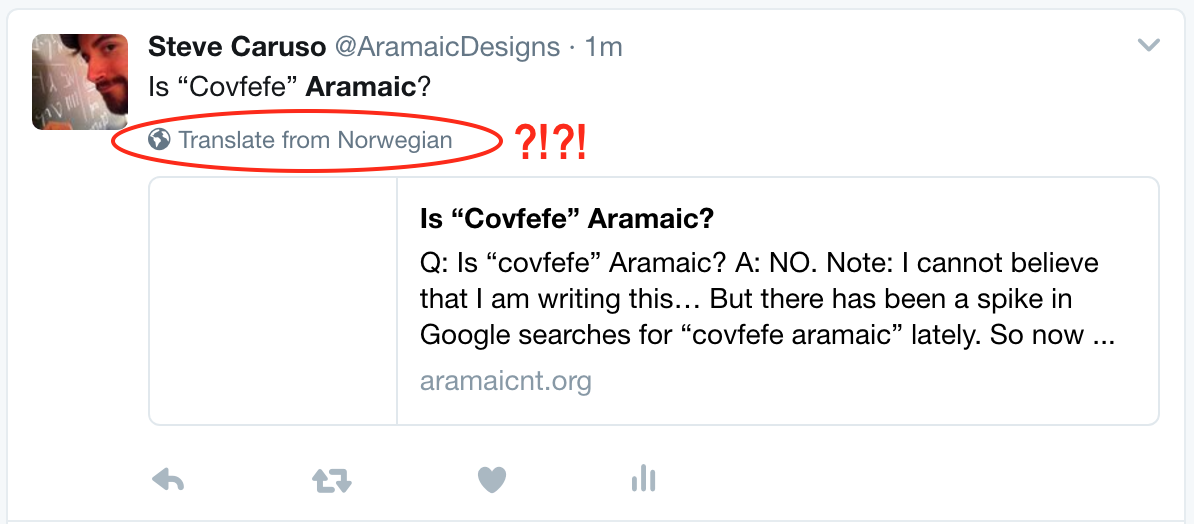
Q: Is “covfefe” Aramaic?
Note: I cannot believe that I am writing this… But there has been a spike in Google searches for “covfefe aramaic” lately.
So now you know.
Peace,
-Steve
UPDATE: And when this article hit Twitter, THIS happened:

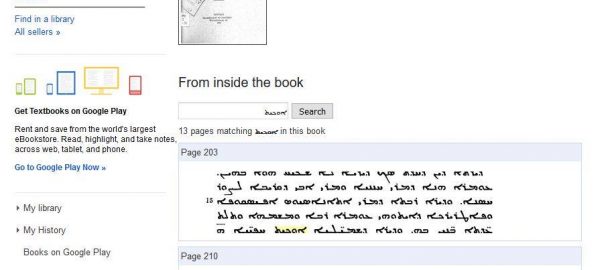
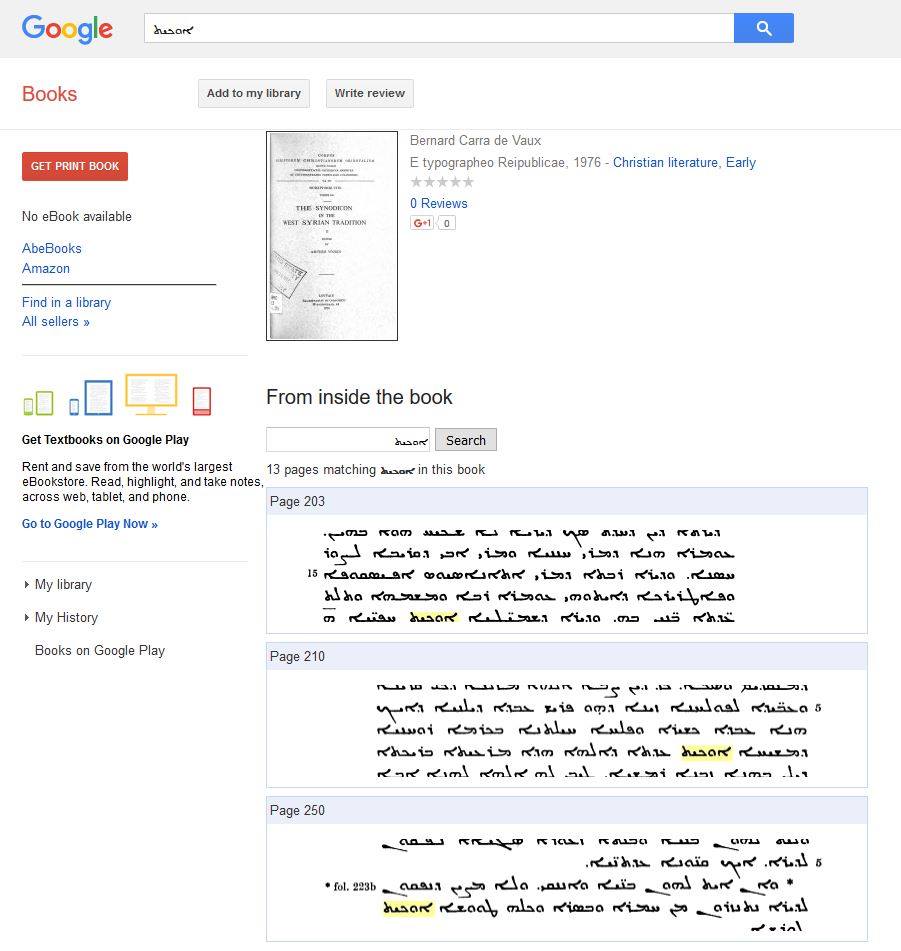
It ain’t perfect, but it’s certainly good enough for now. -)
h/t to George Kiraz via Facebook
Peace,
-Steve
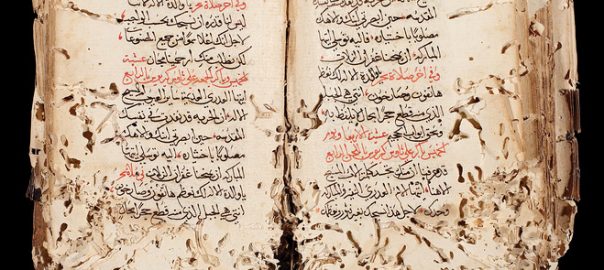
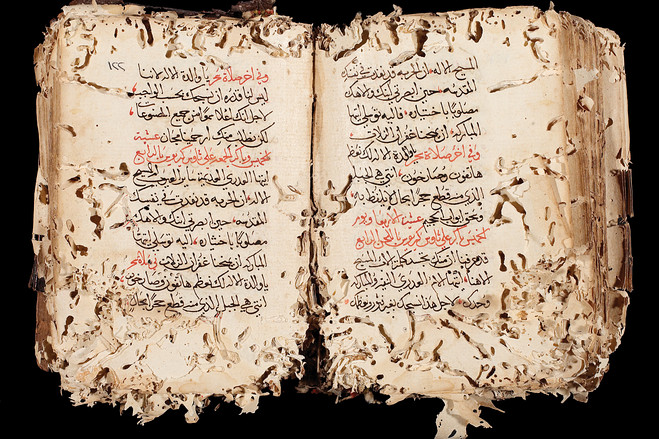
So I noticed that the blogger redirects weren’t working properly anymore for some reason – bringing folks from the old URLs to the home page and leaving them there without any clue as to where to find the articles they were after.
That should be fixed now. 🙂
Peace,
-Steve
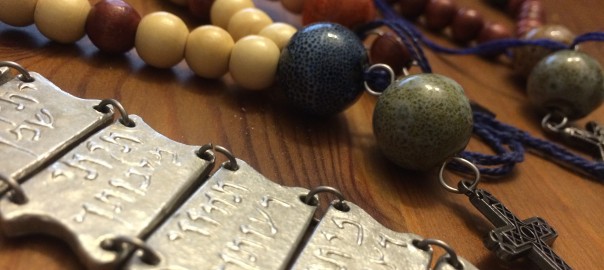
So yeah, the past year has been a bit all over the place, and I have not really had the time to properly update AramaicNT.org. I’ve been dealing with a new house, a new son (Ozzie, our 4th kid), and a new tenure-track position in the Computer Science Department at Raritan Valley. Exciting stuff. 🙂
Now that some of that is settling (although we’re still not quite unpacked despite being here for a few months…) I’m hoping to focus some more on some Aramaic-related things, such as:
So you’ll hopefully see some more of me on here soon. 🙂
Peace,
-Steve

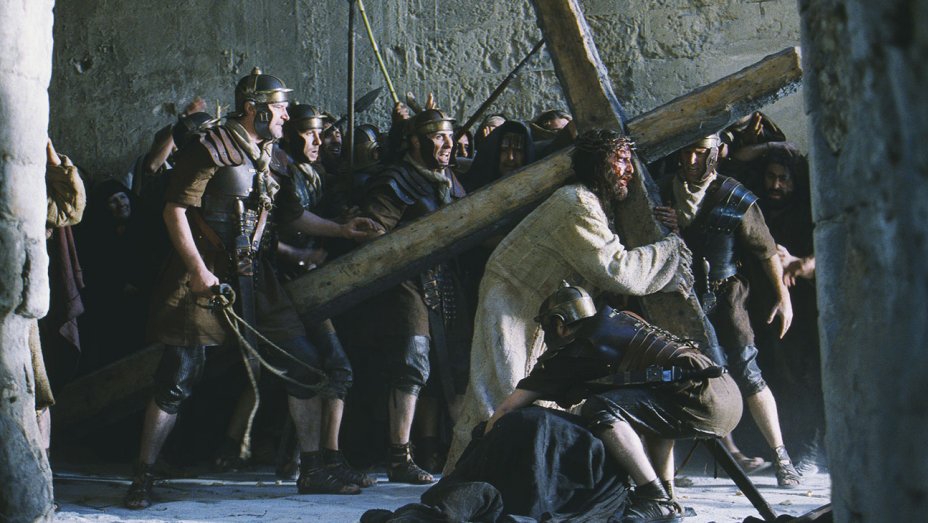
Apparently, a sequel is in the works.
Curious if they’re going to keep the dialogue in in-period languages. 🙂
Peace,
-Steve